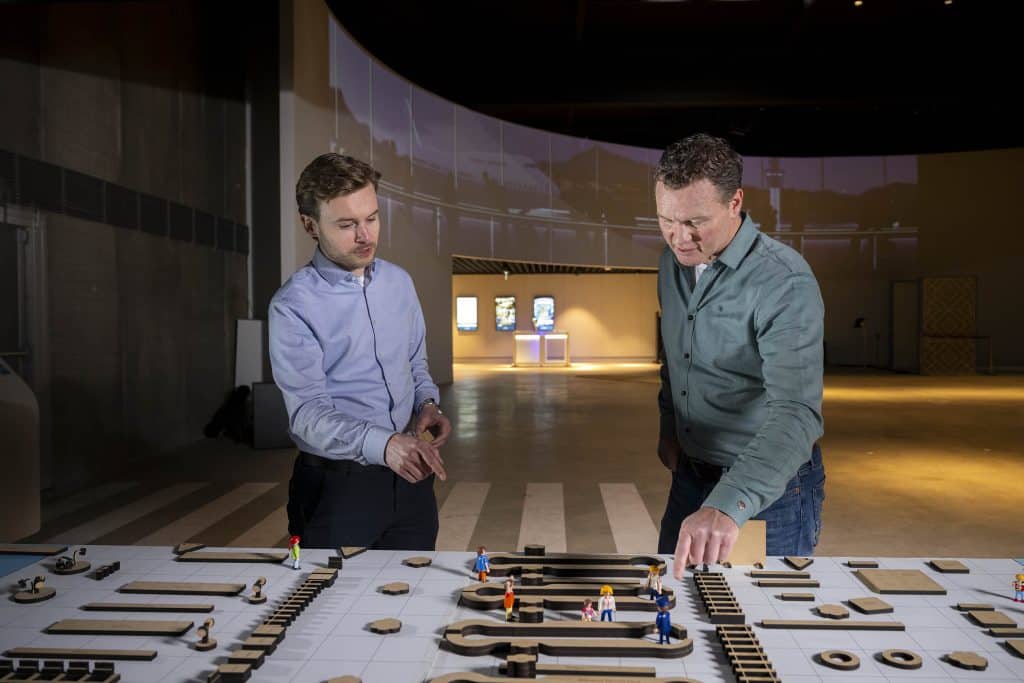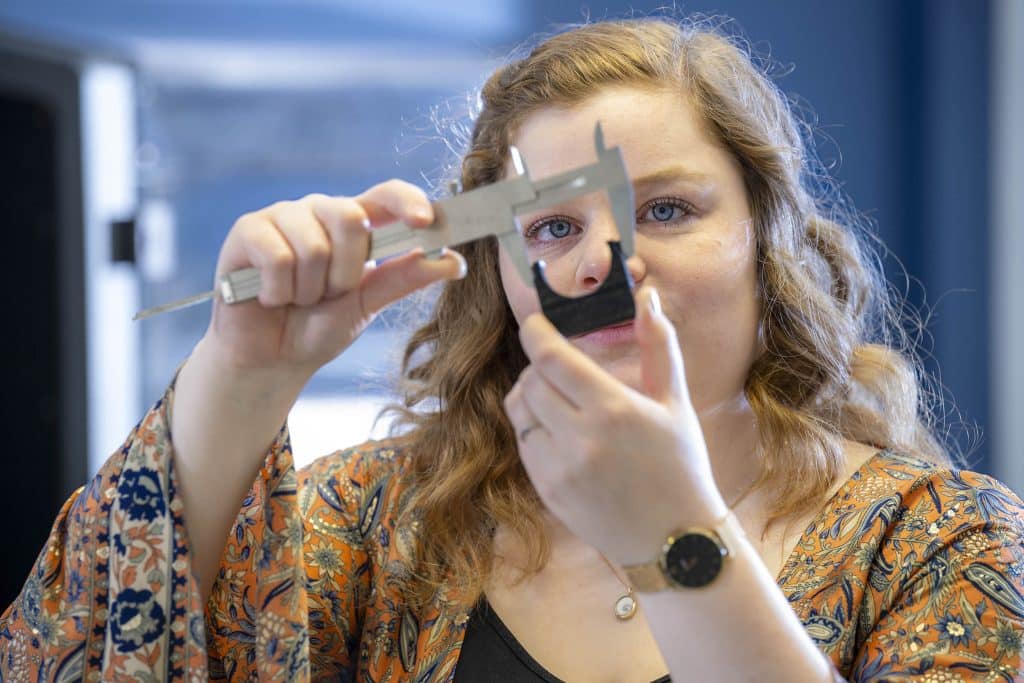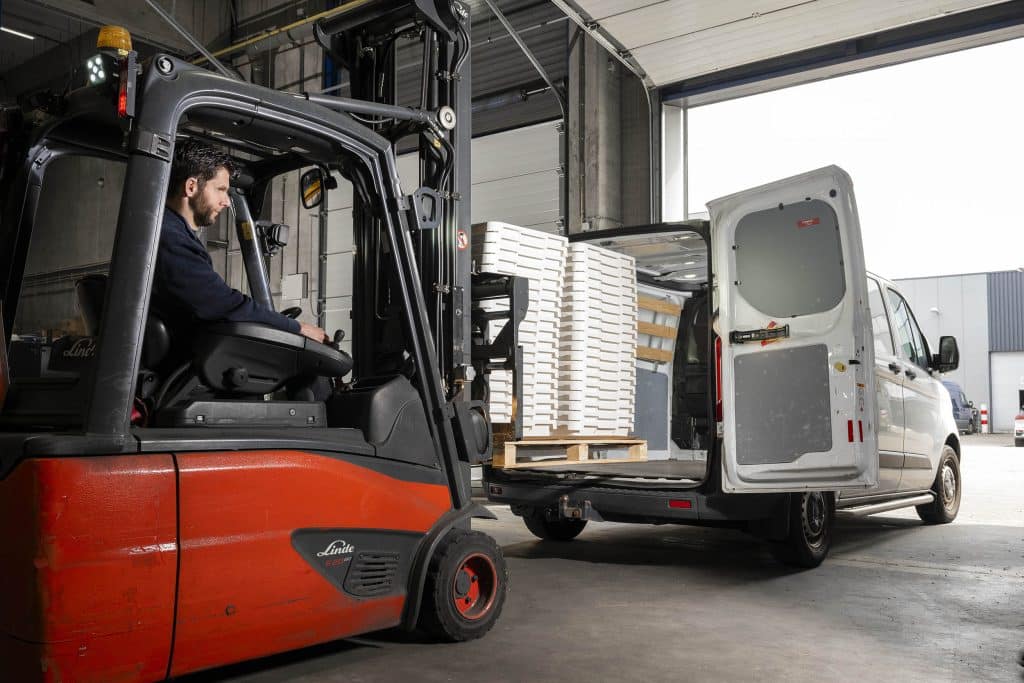As passenger volumes continue to increase globally, airports are faced with mounting pressure to implement more efficient and accurate solutions across all passenger touchpoints, while prioritizing the passenger experience. For many passengers, the security checkpoint is the most stressful part of the airport journey and, at the same time, the most physical and personal touchpoint. Therefore, it is of utmost importance to provide a pleasant atmosphere for both passengers and staff. The feeling passengers have at this checkpoint will strongly influence their perception towards the airport.
The Scarabee Smart Security Lanes (SSL) are designed to optimize the security process with a human-centric approach. By providing the right tools and working environment for staff and making the process more intuitive for passengers, both process and passenger experience are enhanced while complying with the latest security standards.


Passengers can divest at their own pace and present their baggage in two parallel flows, while conveyor belts automatically return bins to the front of the divesting area and divert rejected baggage. Airport staff can then remain focused on detecting threats rather than moving bins to the front of the queue. This decreases wait times, increases security, and addresses key challenges to even the busiest and fastest growing airport operations.
Key features
Some key features of The Scarabee Smart Security Lanes are:
Seamless screening integration
A variety of Computed Tomography (CT) technology options integrate seamlessly with SSL and remote screening solutions including: Smiths Detection’s CTiX, Leidos ClearScan, Analogic ConneCT, Rapiscan 920CT, and IDSS Detect1000.
Architectural Integration
Successful terminals are designed to create a unique sense of place. A checkpoint is a key part of that design and leading architects have shown how to incorporate the lanes into their architectural expression.


Tray Presentation
The empty trays are presented to the passengers at an ergonomically effective height which reduces the time needed to retrieve empty trays, resulting in increased overall throughput of the system. Each of the dual-divestment positions has an automatic tray dispenser which helps prevent “tray starvation”.
Scalable screening
Efficient staff scaling is achieved with remote screening and cross-lane alarm resolution.
Alternate Viewing Station
The integrated Alternate Viewing Station design improves working conditions for the operator by reducing manual handling of rejected trays. The operator can easily slide the rejected tray from the conveyor belt to the viewing station, minimizing walking distance and lifting heavy trays.
Oversize Handling
Oversize handling on all lanes is achieved by diverting rejected items to the reject side in a straight line. Oversize bags can be processed alongside standard bags on the same lane, eliminating the need to have dedicated security lanes for oversized handling.


